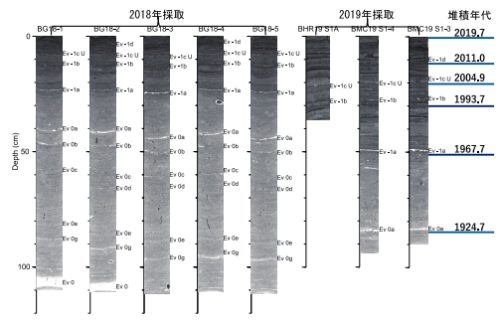低価格、軽量、コンパクトで使いやすく、噛む力を敏感に検知し、パソコンやスマートフォン、車椅子などの機器を正確に操作できる画期的な発明です。 Affordable, light-weight, compact, and easy-to-use, this groundbreaking invention is sensitive in detecting bite forces, enabling users to control devices such as computers, smartphones and wheelchairs with precision
2022-10-11 シンガポール国立大学(NUS)
研究者たちは、既存の支援技術に代わる有望な選択肢を提供するため、咬合パターンを検出する圧力センサーを内蔵したスマートマウスガードの設計と実証に成功した。これらのパターンは98%の精度でデータ入力に変換され、コンピューター、スマートフォン、車椅子の制御に利用することができる。
インタラクティブマウスガードは、人間とコンピューターの相互作用をサポートするほか、医療支援、スマート電子皮膚などのヘルスケア機器、歯科診断などにも利用できる。
研究チームは、まず、さまざまな色の蛍光体を含んだ接触パッドからなるセンサーを設計した。蛍光体とは、圧力に反応して発光する物質である。このセンサーは、柔軟なマウスガード内に配置されている。
噛むとパッドが機械的に変形し、さまざまな色と強度で発光する。この発光を測定し、機械学習アルゴリズムを使って処理することができる。収集したデータは、パソコンやスマートフォン、車いすなど、さまざまな電子機器の高精度な遠隔操作・制御に利用される。
重さは約7gで、既存のアシスト技術と比較すると、この新型マウスガードはトレーニング経験が少なくて済む。
<関連情報>
- https://news.nus.edu.sg/first-ever-interactive-mouthguard-that-controls-electronic-devices-by-biting/
- https://www.nature.com/articles/s41928-022-00841-8
メカノルミネセンスを用いた光ファイバセンサを用いた噛み合わせ制御デバイスのインタラクティブマウスガード An interactive mouthguard based on mechanoluminescence-powered optical fibre sensors for bite-controlled device operation
Bo Hou,Luying Yi,Chao Li,He Zhao,Rong Zhang,Bin Zhou & Xiaogang Liu
Nature Electronics Published:10 October 2022
DOI:https://doi.org/10.1038/s41928-022-00841-8

Abstract
Keyboards and touchscreens are widely used to control electronic devices, but these can be difficult to operate for individuals with dexterity impairments or neurological conditions. Several assistive technologies, such as voice recognition and eye tracking, have been developed to provide alternate methods of control. However, these can have problems in terms of use and maintenance. Here we report a bite-controlled optoelectronic system that uses mechanoluminescence-powered distributed-optical-fibre sensors that are integrated into mouthguards. Phosphors that are sensitive to mechanical stimulus are arranged in an array of contact pads in a flexible mouthguard; by using unique patterns of occlusal contacts in lateral positions, various forms of mechanical deformation can be distinguished by the fibre sensors via ratiometric luminescence measurements. By combining the device with machine learning algorithms, it is possible to translate complex bite patterns into specific data inputs with an accuracy of 98%. We show that interactive mouthguards can be used to operate computers, smartphones and wheelchairs.



